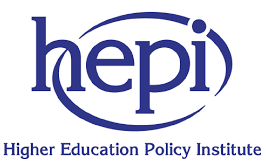Rapid advances in AI have greatly improved its capabilities across content generation and sentiment analysis. By drastically pushing down the costs, they have also reduced barriers to entry. Machine learning is making social media monitoring, text and sentiment analysis much more powerful, allowing for predicting social issues, virality of news events, and which groups may be most vulnerable to misinformation (false information). Large language models (LLMs) can already create text, photos, audio, and videos that are becoming more difficult to distinguish from organic content.
As the availability of LLMs increases and cost falls, it is easier to create more personalised and effective content. As content creation in turn becomes more automated, this reduces the financial and time costs associated with micro-targeting and hyper-personalization. An improved understanding of the information environment means harmful actors can craft more compelling and effective narratives.
The spread of campaigns often relies on large numbers of accounts across social media. The perceived authenticity of these accounts is key. Machine Learning (ML) techniques allow the generation of increasingly realistic profile photos. This reduces the need for image scraping and the potential for reverse image searches to aid in detection of a campaign. As a result, it is possible to create credible accounts en masse to spread disinformation – false information spread deliberately.

